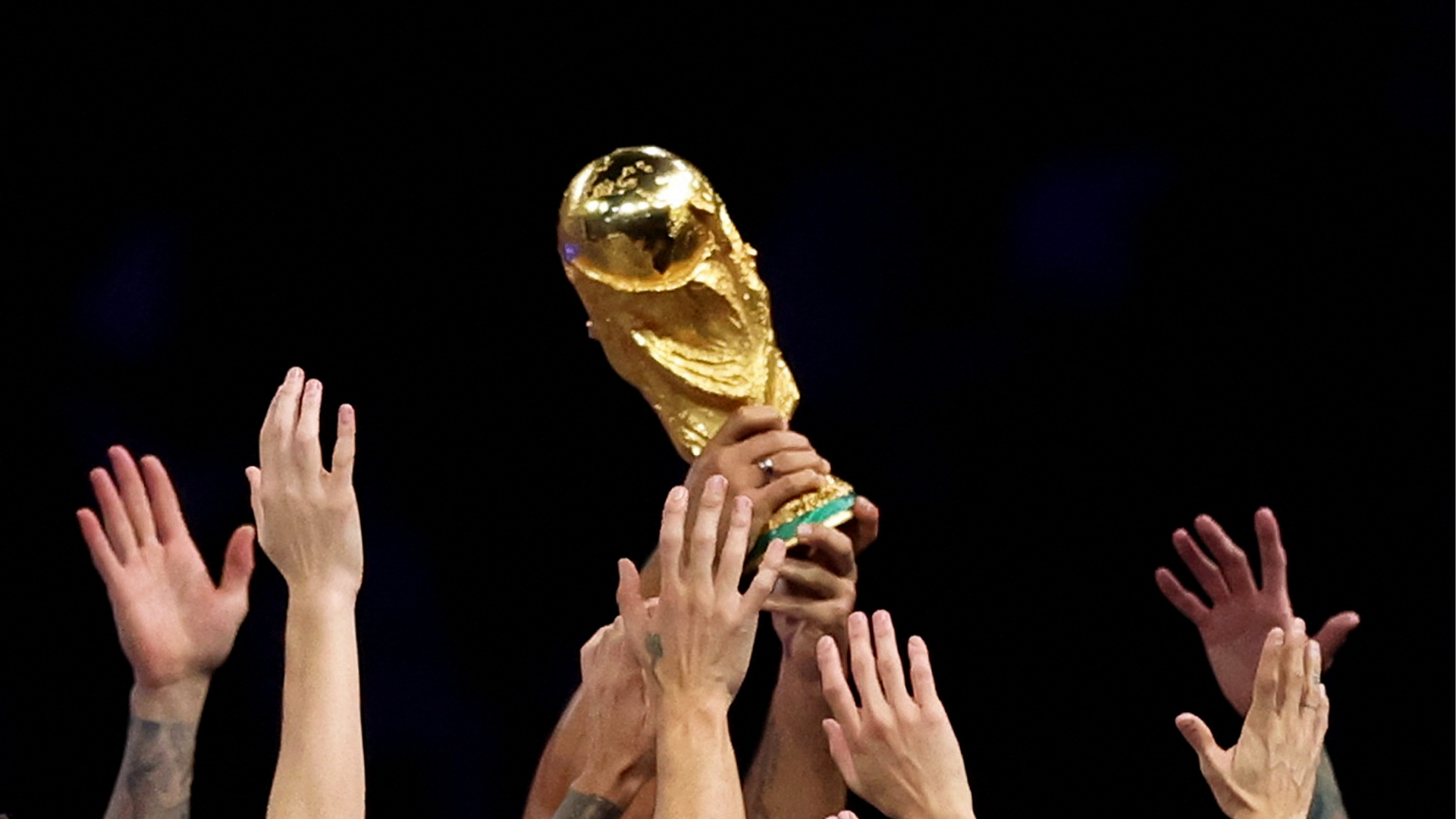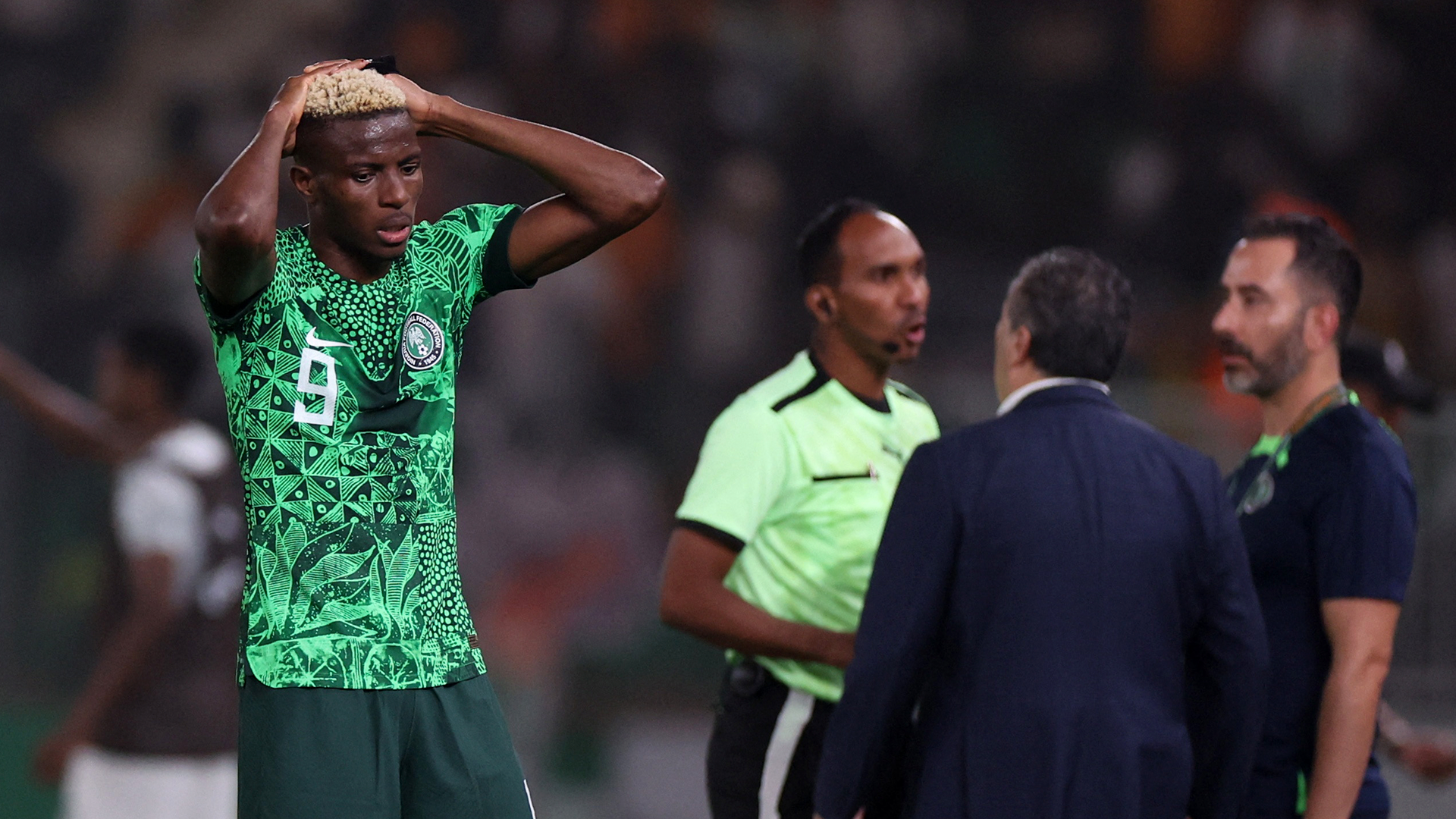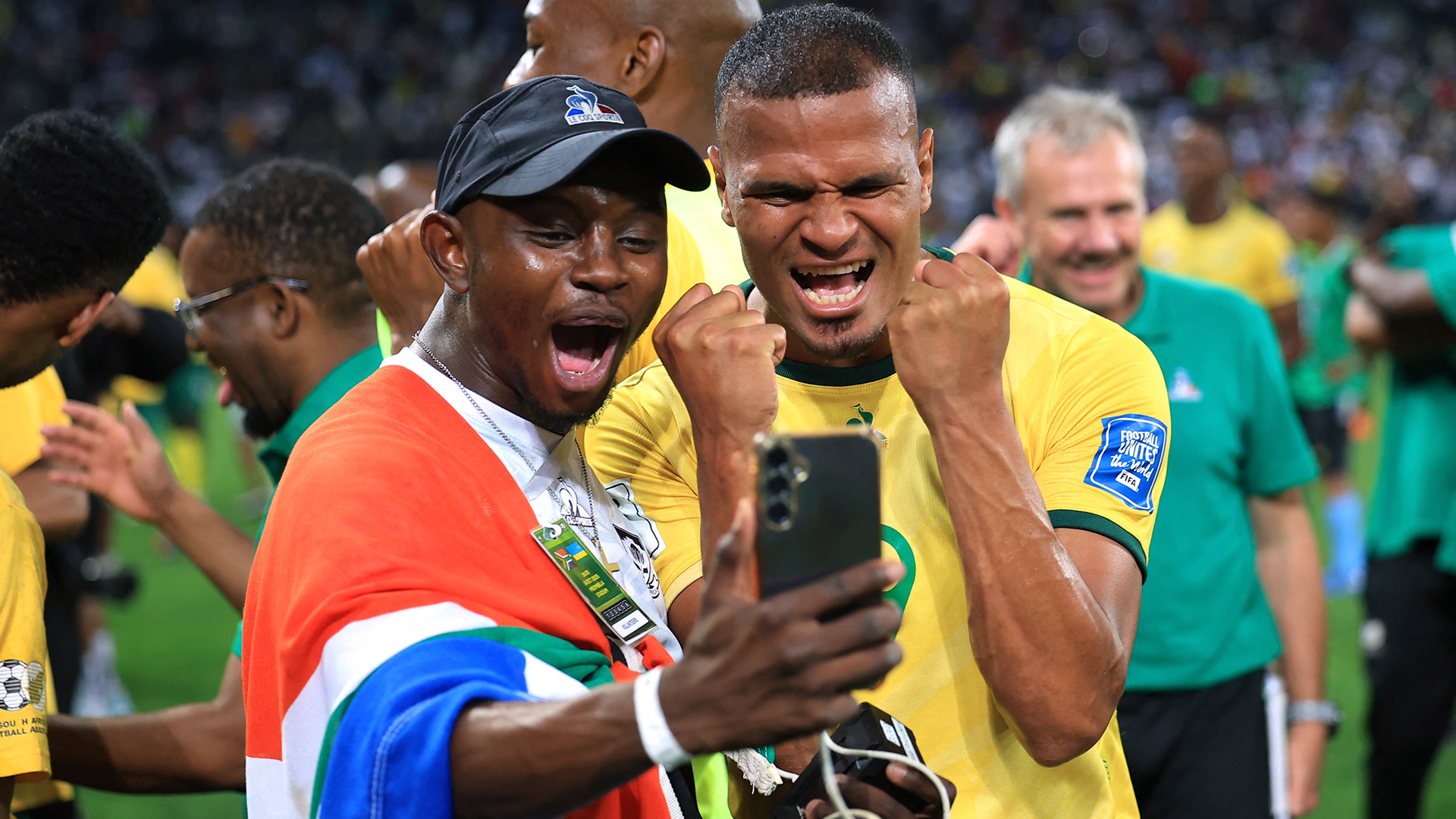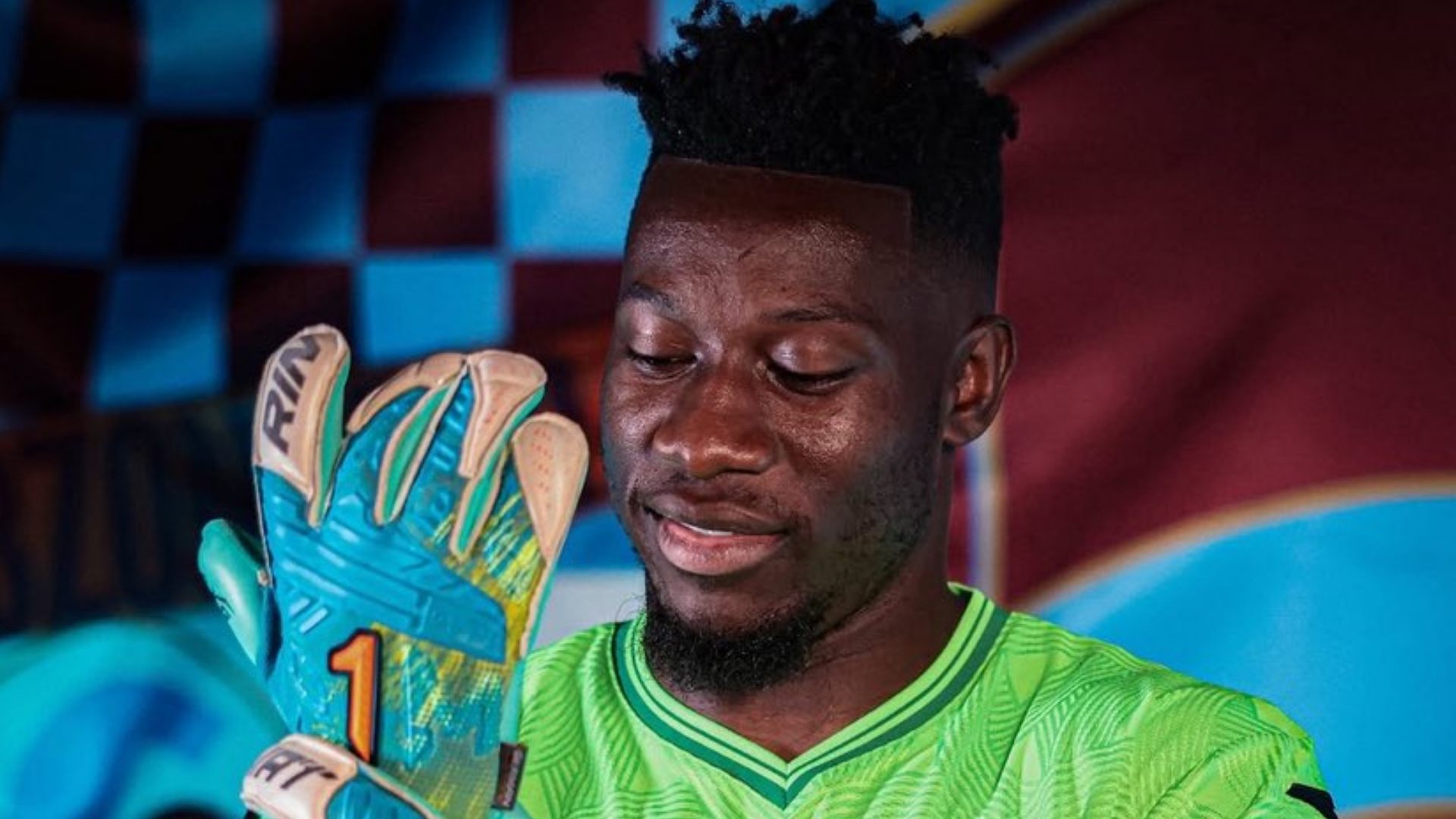5ASIDE: The Best African Kits of All Time
From banned kits to iconic designs, the Africa Cup of Nations has delivered not only goals and emotions, but also history woven into every thread. A look at the uniforms that defied the rules and conquered the world.
The Most Iconic Kits in Africa Cup of Nations History
Beyond football, the Africa Cup of Nations (AFCON) has long been a showcase of identity, art, and rebellion. Each edition brings not only goals and legends but also designs that transcend the field. In a continent where color and culture intertwine with passion, football kits become powerful symbols of national pride.
Nigeria 2018: Modern Style with a Retro Soul
In 2018, Nigeria revolutionized world football with a jersey that became a global phenomenon. Designed by Nike, the green shirt with feather-like patterns inspired by the Nigerian eagle was a tribute to both tradition and modernity. Its mix of textures, tones, and patterns broke every mold — becoming one of the best-selling football shirts of all time.
The “Super Eagles jersey” represented not just a team, but an entire generation that saw football as a form of expression. With it, Nigeria solidified its reputation as a style icon in sportswear, sparking a movement: African jerseys were no longer just uniforms, but works of art and cultural pride.
Cameroon 2002: When FIFA Said “No” to Rebellion
If one team has taken innovation to the limit, it’s Cameroon. During the 2002 AFCON, the squad stunned the world with a sleeveless kit designed by Puma — a bold move meant to embody strength and freedom. The impact was immediate: millions wanted the jersey, and even Serena Williams drew inspiration from it for a Roland Garros dress.
But FIFA didn’t share the enthusiasm. The organization banned the shirt for being “against regulations,” forcing Puma to sew black sleeves onto it. Two years later, Cameroon tried again — this time with a one-piece bodysuit that connected the shorts and shirt. The result? Another ban, a points deduction, and an unforgettable legacy of unapologetic creativity and defiance.
Ghana 2010: The Elegance of African Pride
The Ghana 2010 away kit was a striking yellow jersey with a black star, reflecting the nation’s colors and spirit. Widely regarded as one of the best African team kits of that year, it captured attention not only for its design but also for its connection to Ghana’s memorable World Cup run.
While opinions differ, this kit’s blend of vibrant color, symbolism, and historical context has earned it lasting praise — a timeless reminder of Ghana’s place in both football and fashion history.
Ivory Coast 2012: The Classic Beauty of the Elephants
The Ivory Coast 2012 Puma home kit stands as one of Africa’s most beloved football shirts. This clean and timeless orange jersey, accented with green details, Puma’s formstripe, and the FIF crest, was worn during the team’s successful AFCON 2012 campaign.
What made it truly special was the elephant motif designed by artist Ernest Düku, symbolizing the team’s nickname, Les Éléphants, and their deep connection to the sport. A perfect blend of heritage and design, this shirt remains a tribute to Ivory Coast’s footballing spirit.
The Aesthetic Legacy of AFCON
Today, the Africa Cup of Nations celebrates not only talent and competition, but also creativity. Kits have become an extension of African art, a canvas where history, tradition, and modernity merge. From Nigeria to Cameroon, the tournament has proven that African football beats with its own identity, constantly challenging global design norms.
In an era where retro fashion is making a comeback, AFCON kits are more than nostalgia — they are the reflection of a continent that, both on and off the pitch, continues to set trends and tell stories through style.























